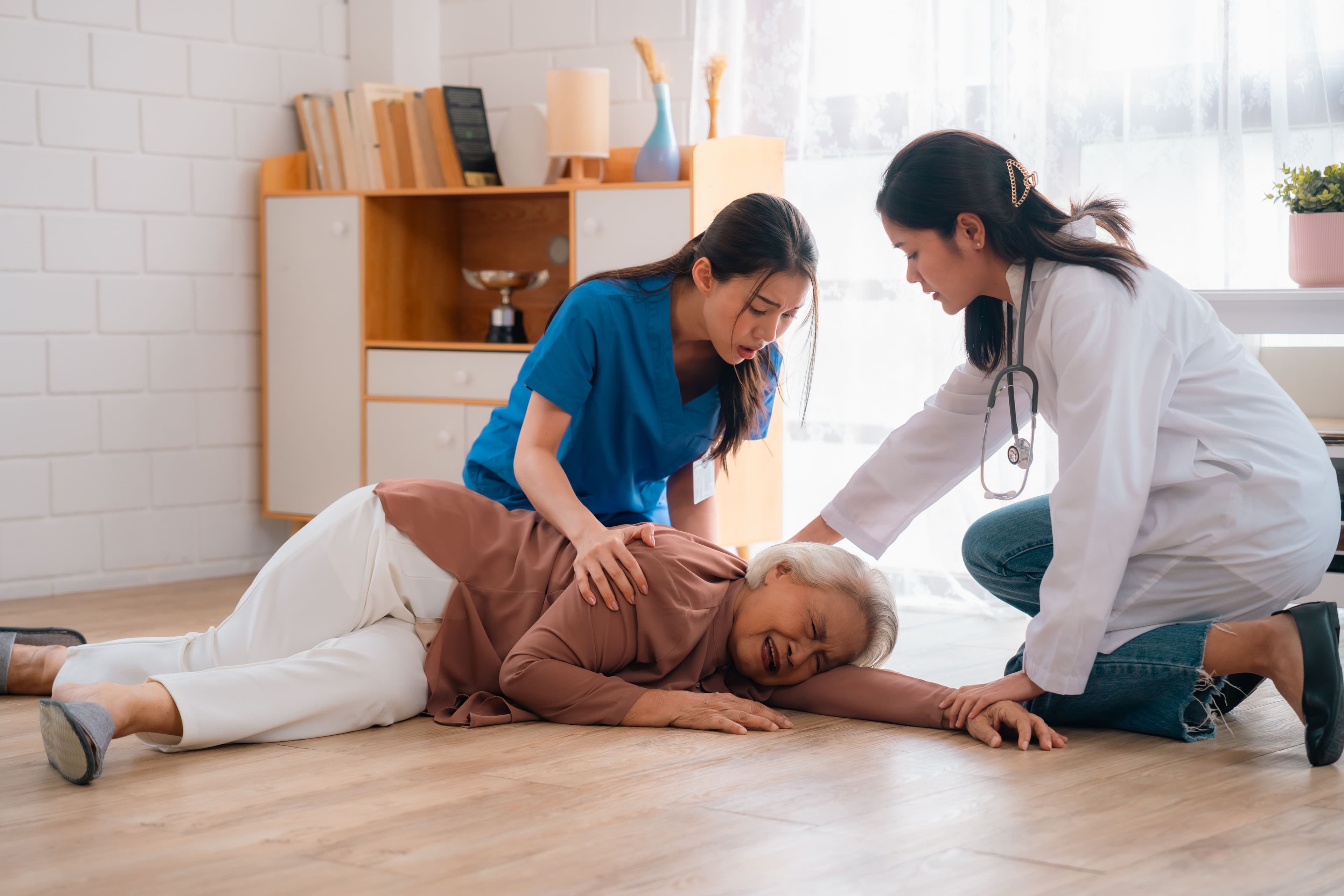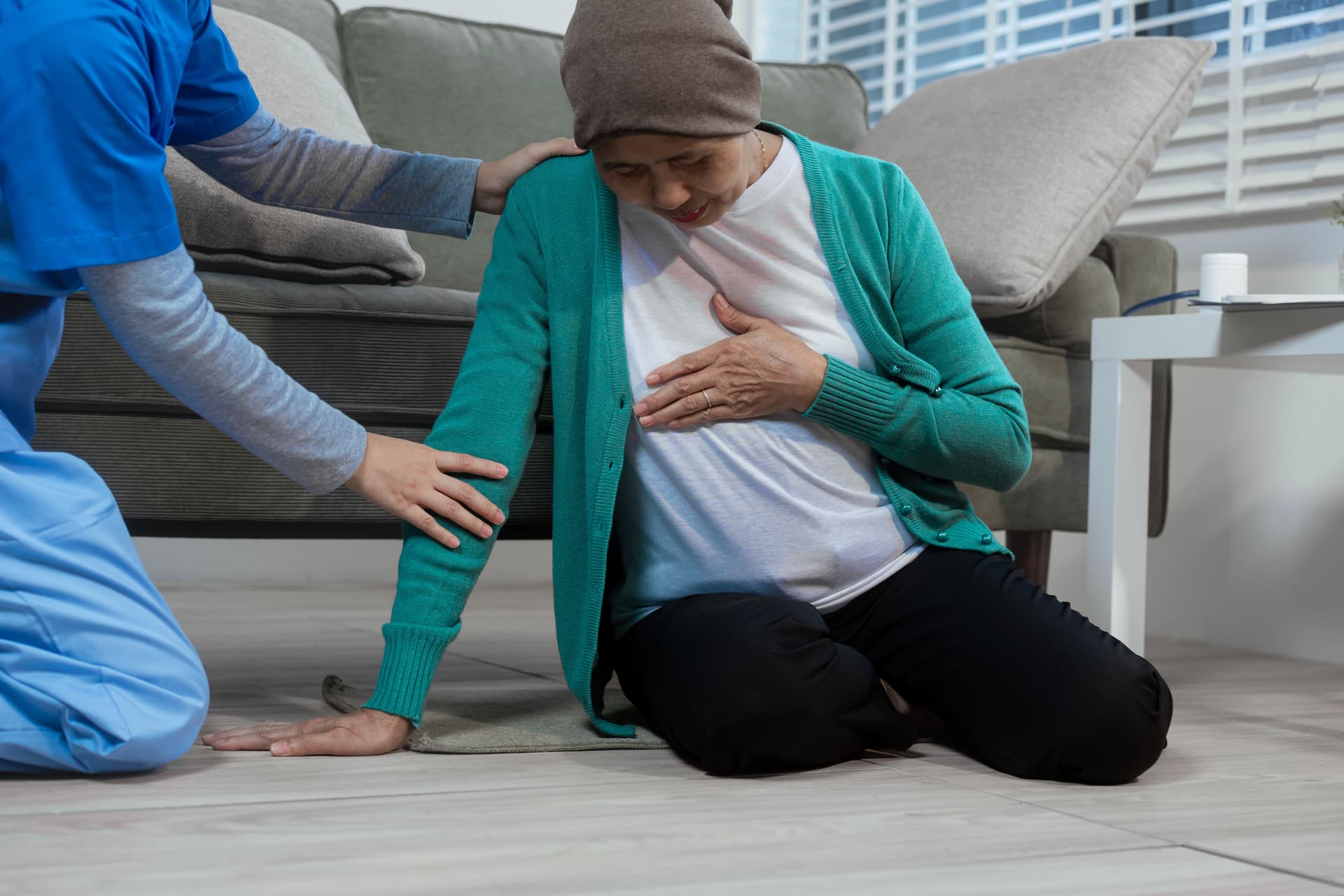
Nursing home abuse and neglect put vulnerable residents at serious risk, leading to malnutrition, dehydration, infections, and preventable injuries. When facilities fail to provide adequate care, residents suffer, and families are left feeling helpless. Lack of supervision, improper medical treatment, and unsafe conditions can result in devastating harm. Understanding the warning signs, knowing your legal rights, and holding negligent facilities accountable are crucial steps in protecting your loved ones. Learn how to take action and seek justice.
November 21, 2025
3 min
Falls are among the most common and devastating accidents in nursing homes. For elderly residents, even a single fall can lead to broken bones, head injuries, loss of independence, or death. Families who trust nursing homes to provide safety are often shocked when their loved one suffers a preventable fall.
Across Ohio and the United States, thousands of nursing home residents experience falls every year—many of which result directly from negligence. These incidents are not just accidents; they are frequently failures in supervision, staffing, or facility safety.
Understanding why these falls happen, and what legal options are available, can help families protect their loved ones and hold negligent facilities accountable.
As people age, changes in muscle strength, balance, and bone density make them more vulnerable to falls and fractures. For seniors in nursing homes, these risks are amplified by additional factors:
The consequences can be catastrophic. Falls can lead to hip fractures, traumatic brain injuries, internal bleeding, and permanent disability. Many residents who fall once become fearful of moving again—leading to a decline in physical and emotional health.
While aging increases fall risk, most nursing home falls are preventable with proper care and supervision. The most frequent causes include:
When there aren’t enough caregivers to assist residents, individuals often attempt to move or use the restroom without help, resulting in falls.
Residents with mobility or cognitive impairments must be monitored closely. When staff fail to respond to call lights or check on residents regularly, falls occur.
Wet floors, loose rugs, poor lighting, and clutter create dangerous conditions. Facilities are legally obligated to maintain a safe environment.
Walkers, wheelchairs, and bed rails must be properly adjusted and maintained. Misuse or neglect of these aids can lead to serious injury.
Sedatives and blood pressure medications can cause dizziness or confusion. Facilities must monitor side effects and adjust care plans accordingly.
Upon admission, each resident must be evaluated for fall risk. Failure to update this assessment after an injury or medication change is a violation of care standards.
Each of these causes points to systemic neglect, not inevitable aging.

Nursing homes in Ohio are regulated by both federal law (42 CFR § 483.25) and Ohio Administrative Code 3701-17-09, which require facilities to:
Failure to meet these obligations constitutes negligence and can lead to liability for any resulting injuries or deaths.
Every nursing home in Ohio has a legal duty of care to protect residents from foreseeable harm. That includes implementing reasonable fall prevention strategies such as:
When facilities cut corners due to understaffing or cost-saving measures, they place residents at unacceptable risk—and can be held accountable under Ohio law.
Families visiting loved ones should be alert to conditions that may indicate fall risks or neglect. Warning signs include:
If your loved one’s explanation for injuries doesn’t make sense—or if staff seem evasive—it’s time to investigate further.
If your loved one has suffered a fall in a nursing home, it’s important to act quickly:
To hold a nursing home liable, a lawyer must prove that the facility failed to take reasonable measures to prevent the fall. Evidence may include:
Repeated falls or prior complaints strengthen the argument that the facility acted negligently or recklessly.
Families may pursue compensation for:
Beyond financial recovery, these claims help enforce higher safety standards in facilities across Ohio.
Attorney Michael Hill, based in Cleveland, Ohio, has extensive experience representing victims of nursing home neglect, including fall-related injuries and deaths.
Michael and his firm:
Michael’s work is driven by compassion and determination—because every resident deserves dignity, protection, and proper care.
While legal action addresses past harm, prevention saves lives. Families can help by:
Advocating for your loved one not only protects them but helps promote a culture of accountability within the facility.
Falls in nursing homes are not inevitable consequences of aging—they are often preventable tragedies caused by neglect or poor oversight.
Ohio law protects nursing home residents from unsafe conditions, and families have the right to demand accountability when those protections are ignored.
If your loved one suffered a fall in a nursing home, don’t accept excuses. Attorney Michael Hill can help you uncover the truth, pursue justice, and hold negligent facilities responsible. His mission is to ensure that seniors throughout Ohio live with safety, dignity, and respect—exactly what they deserve.